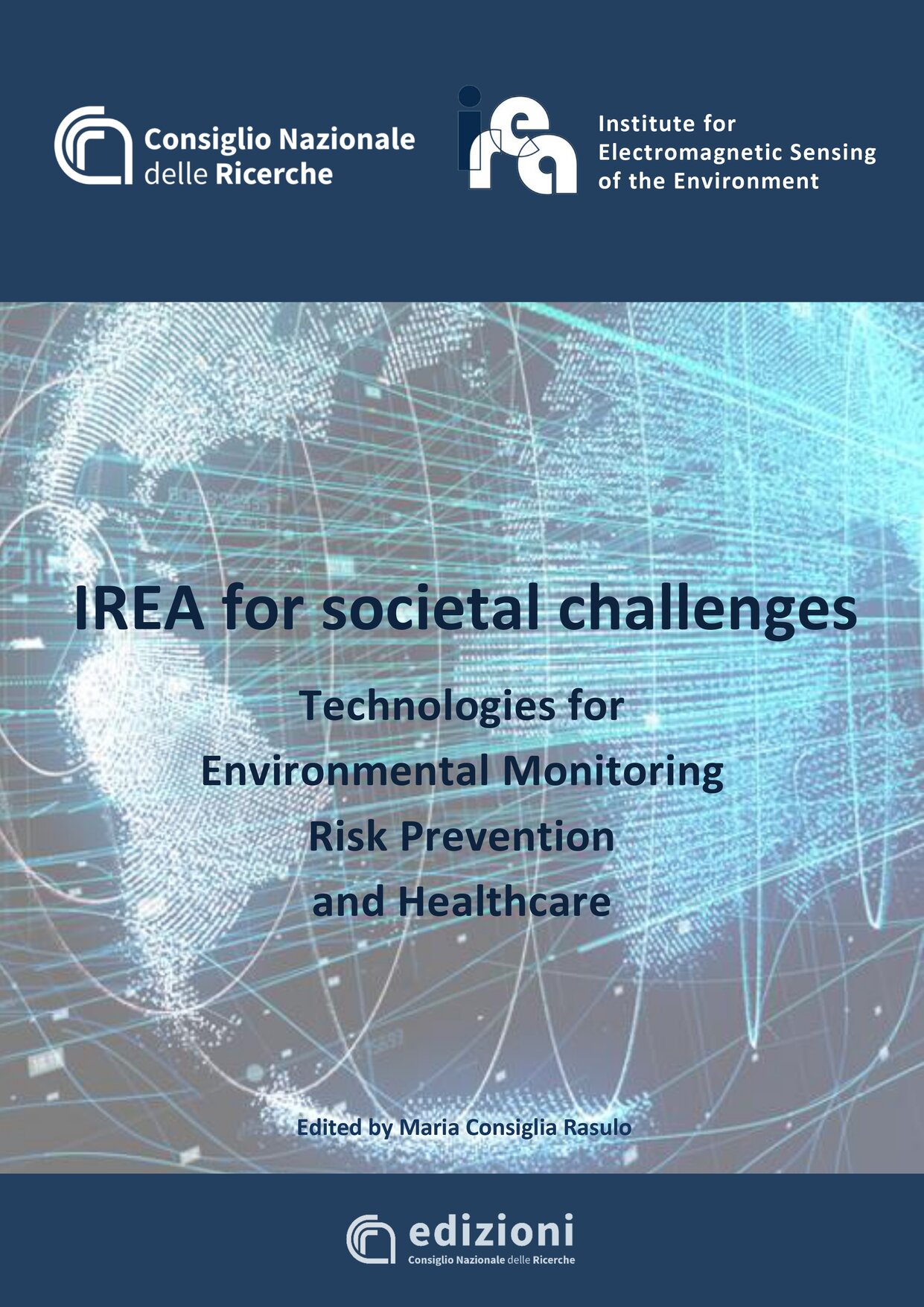Metodologies
The term dosimetry refers to the evaluation of the amount (dose) and the distribution of electromagnetic power absorbed by the biological sample under examination, when both characteristics of the incident electromagnetic field (frequency, modulation, polarization) and the exposure conditions are known. The latter include the morphological and electromagnetic characteristics (dielectric…
For the determination of bio-geophysical parameters many studies are based on statistical approaches that allow the definition of empirical or semi-empirical methods, so split according to how their definition/parametrisation depend on the dataset used in the calibration phase, or may usable to other similar data. In both cases, the approach…
The availability of sensitive techniques for the evaluation of the DNA damage in human lymphocytes is a crucial point in order to assess the role of chronic exposure to ELF fields in the onset of cancer, in particular leukemia. Over the years, researchers at IREA have developed classical and molecular…
THE FUZZY BURNED AREA MAPPING ALGORITHM IREA-CNR has developed a burned area mapping fuzzy algorithm based on Spectral Indices (SIs), soft computing techniques and a region growing algorithm (Stroppiana et al., 2012). The algorithm has been specifically developed over Mediterranean regions and it aims at exploiting uni-temporal Landsat TM/ETM+ images…
To translate the recorded signal from the satellite sensors into information physics of radiance reflected and/or emitted by the surface, in order to provide an estimate of their bio-geophysical parameters, the radiative transfer (RT) modeling is the most rigorous approach. It represents the set of equations describing the propagation of…
Natural surfaces interact with the incident solar energy reflecting, absorbing and, in the case of certain bodies (such as the water and the atmosphere), transmitting the energy. In particular the reflected (or back-scattered) component of the solar light is of interest in remote sensing applications because it represents the signal…
IREA has a long-term experience in the implementation and usage of Geo-Services on the Web for Spatial Data Infrastructures (SDI) in the framework of the INSPIRE European Directive (2007). This experience has been gained during past international projects, such as AWARE and IDE-Univers. The architecture and the geo-services are nowadays…
In their traditional operational conditions, nautical X-band radars transmit an electromagnetic wave and analyze the received signals to identify the obstacles or ships (targets) .To this aim, the echoes backscattered from the sea surface are considered as undesired noise (sea clutter) since they represent a disturbance signal for the targets…


